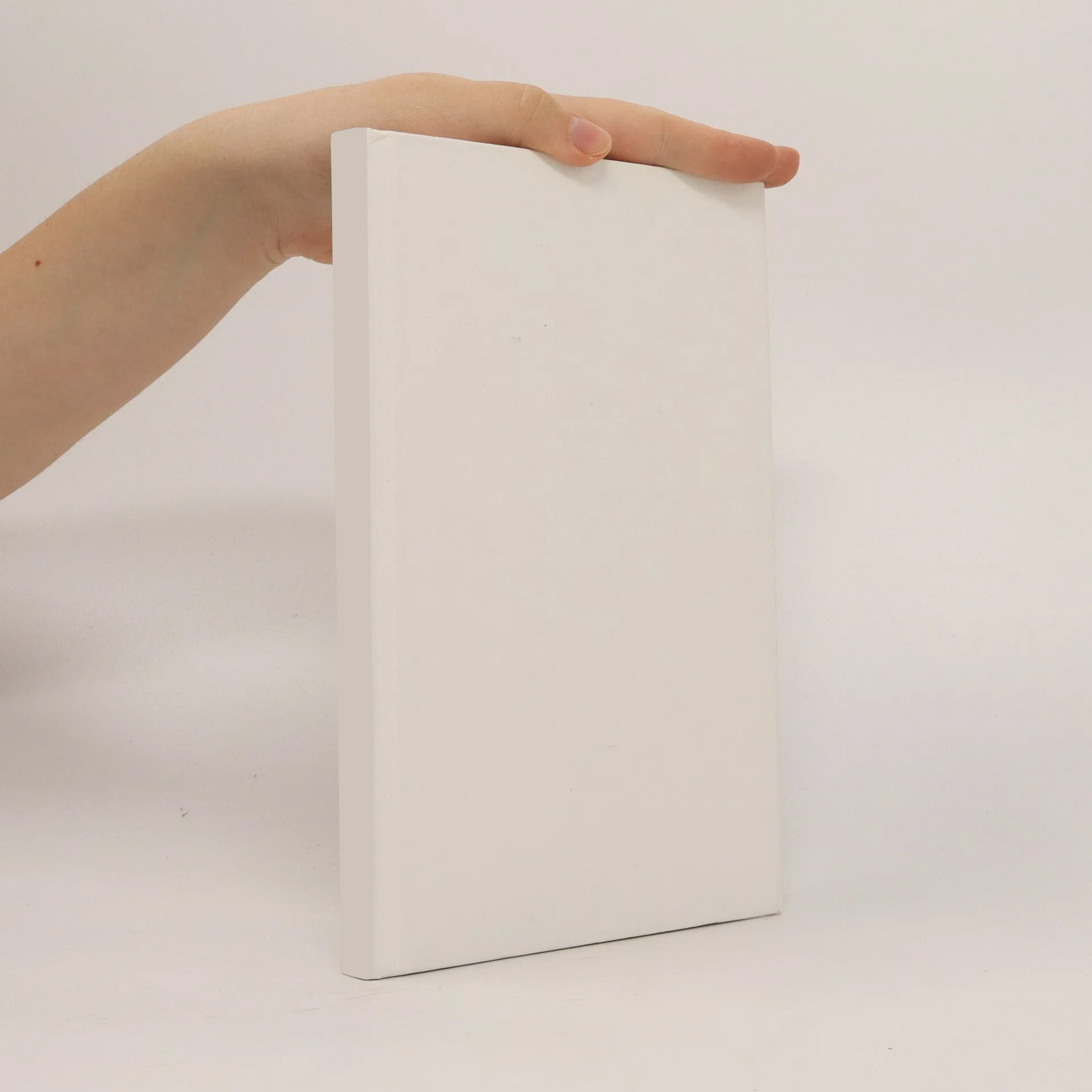
Parameters
More about the book
The liquid-source BBr3 technology to diffuse a boron p+-emitter is the state-of-the-art laboratory technology for p+-emitter formation and is a feature of the current world record silicon solar cell with n=25.0%. Nevertheless the BBr3 boron diffusion process for p+-emitter formation is little spread in industrial cell manufacturing due to technological challenges. A detailed experimental study shows the implications of the formation of an undesirable boron-rich layer (BRL) during the boron diffusion process. The passivation of boron emitter surfaces is investigated experimentally and using numerical simulations. Based on an industrial manufacturing scheme an n-type solar cell with boron emitter and in-line evaporated aluminum grid is developed and reaches a conversion efficiency of n=19.6%. The results of this work can help to accelerate the industrial implementation of boron p+-emitter for n-type silicon solar cells.
Book purchase
BBr3 boron diffusion process for p+-Emitter formation of n-type silicon solar cells, Michael Kessler
- Language
- Released
- 2013
- product-detail.submit-box.info.binding
- (Hardcover)
Payment methods
No one has rated yet.